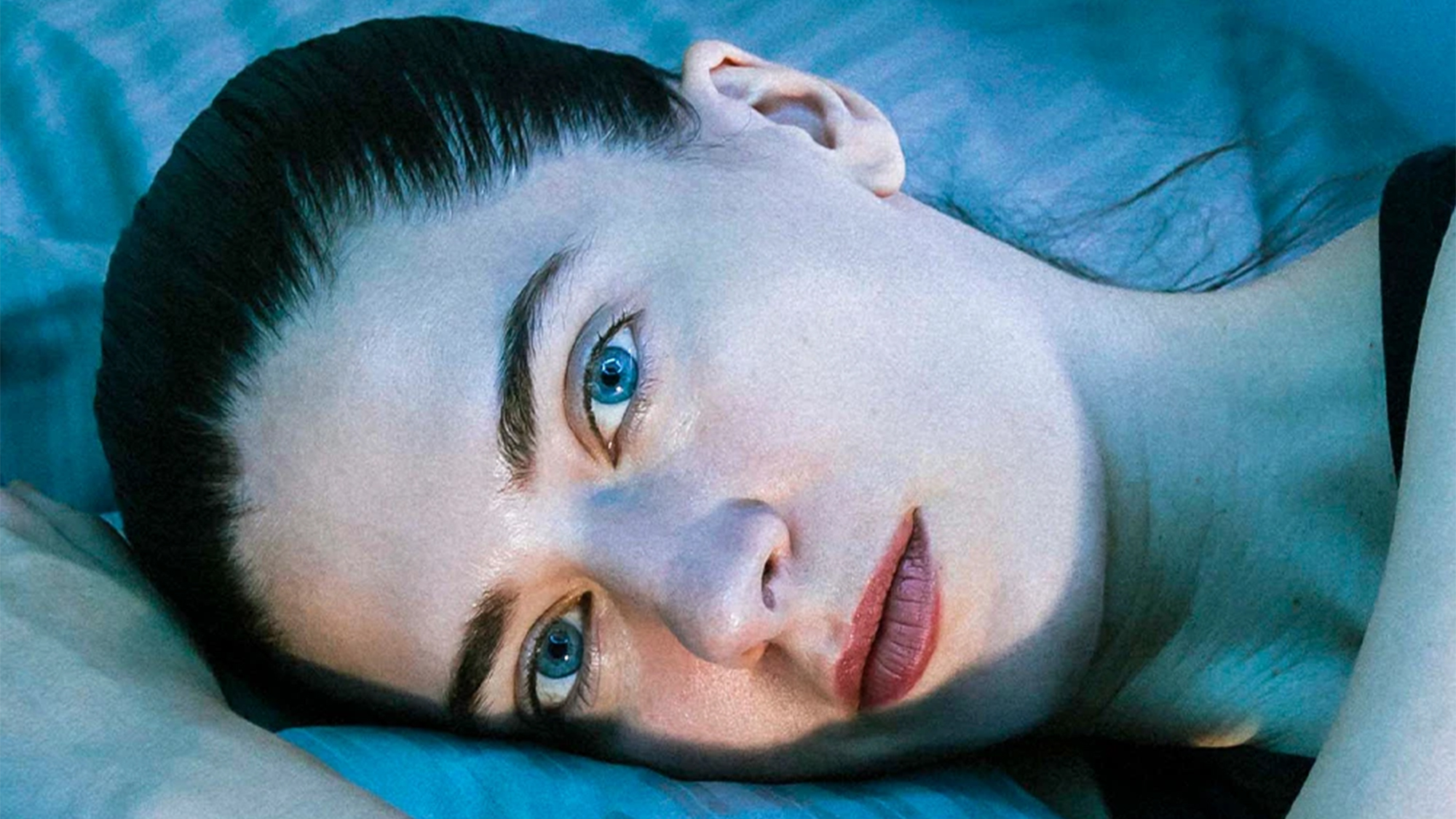
Alvin Curran
Performance concert with Angelo Maria Farro
Saturday, October 21, 8 p.m. at La Centrale
Alvin Curran describes his intensely playful and poetic performances as follows:
My performances are the music I was born with (...) Today, this form is one of my favorite ways of making music, because it demands the whole truth and nothing but the truth! TransDadaExpress, Endangered Species, and The Alvin Curran Fake Book are the latest titles I've given at these concerts, where I present a spontaneous mix of piano (Diskklavier if available), sample-activated MIDI keyboard, processors, voice, brass and other small instruments. These are always unpredictable exercises lasting from 45 to 90 minutes, combining rigor and anarchy, where minimalist and maximalist extremes meet; where music is always a roller-coaster ride, but inside a temple.
Alvin Curran Archive, 1959-1982
Documents on display
In 2017, as a resident at Villa Medici, Maxime Guitton began researching the Alvin Curran archives. These gradually revealed important aspects of the history of avant-garde music, both in its links with other arts and with political and social history, and in the way it was able to develop in its radicality, between community practices and contemplation of nature. In the experiment of extending Eric Baudelaire's film project(When There Is No More Music to Write And Other Roman Stories) into an exhibition device, Alvin Curran and Maxime Guitton have together composed these showcases.
Era Ora, 1988-2018
Yamaha Diskavier piano, digital recording
Era Ora is an Italian expression meaning "It's time". ). Originally the title of a 1982 piano work, Alvin Curran would later propose various variations, notably for two pianos, with identical scores played at slightly different tempos by the two performers.
Suspending a piano, Alvin Curran suggests flight. The piece was first shown in Bristol in 2022 as part of a joint exhibition by Eric Baudelaire and Alvin Curran at the Spike Island art center.
Instrumentarium, 2019-2022
Found objects, monitor, handwritten text
Alvin Curran explains this in his interviews with music historian Maxime Guitton, which Eric Baudelaire reprinted in When There Is No More Music to Write. He doesn't believe in the end of history, he doesn't believe that nothing is possible after the atonal, dodecaphonic, dissonant music that developed after the human catastrophe of the Second World War. For him, it's all just beginning, and he sees the seeds of a liberated, spontaneous music, created in real time, that cannot be commercialized. "We're at the beginning of history.
As stated in the protocol for collecting instruments that accompanies Instrumentarium, a musical instrument can be made of any material that can produce audible vibrations. The text concludes as follows: "My music is made of all sounds, human, animal, mechanical, geological, atmospheric... Just remember: there is music in everything, in all people, in all places, everywhere, at all times."
Alvin Curran
Born in 1938 in Providence (US)
Lives in Rome
"Democratic, irreverent and traditionally experimental, Curran travels in a computerized covered wagon between the Golden Gate and the Tiber, and makes music for all occasions with any sonic phenomenon - a volatile mix of lyricism and chaos, structure and indeterminacy, foghorns, violins and fiddleheads. He is dedicated to restoring the dignity of the non-commercial music profession as part of a personal search for future social, political and spiritual forms."
This is an apt description of American composer, performer, improviser, sound artist and writer Alvin Curran (b. December 13, 1938), whose work is present throughout this Son Biennial through installations and his collaborations with Eric Baudelaire and Maxime Guitton. He was born in Providence, Rhode Island, and lives and works in Rome, Italy. He is co-founder, with Frederic Rzewski and Richard Teitelbaum, of Musica Elettronica Viva, and a former student of Elliott Carter. Curran's music often makes use of electronics and sounds found in the environment. He was professor of music at Mills College in California until 2006, and now teaches privately in Rome and sporadically in various institutions.
Curran's music embraces all the contradictions of musical creation (composed/improvised, tonal/atonal, maximal/minimal...) in a serene dialectical encounter. His 200-plus works use recorded/sampled natural sounds, piano, synthesizers, computers, violin, percussion, shofar, French horns, accordion and choir. Whether in the intimate form of his celebrated solo performances, pure chamber music, experimental radio works or large-scale site-specific sound environments and installations, all these works forge a highly personal language out of all languages, thanks to thorough research and recombinant invention.
Maxime Guitton
Born in 1977 in Dunkirk
Lives in Marseille
Maxime Guitton was assistant to composer Eliane Radigue between 2009 and 2011. His fields of research - minimalist music and the history of mountaineering - have led him to intervene in schools and art centers for courses, workshops, conferences and listening sessions. Since 2017, he has been researching the archives of composer Alvin Curran, begun during a stay as a resident at Villa Medici.
He was head of the creative support department at the Centre national des arts plastiques (CNAP) in Paris. Since 2003, he has also been involved in music programming at independent venues and institutions (BAL, CAPC, Centre Pompidou, etc.). He is currently research coordinator and artistic and cultural programmer at the Beaux-Arts de Marseille.
Other artists

Caterina De Nicola

Isabel Lewis

Julian Charrière
Other artists

Pauline Julier

FRANKIE (Franziska Aigner)










